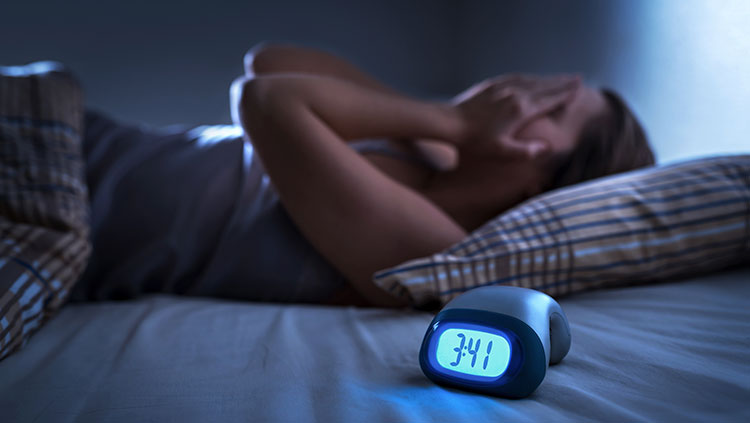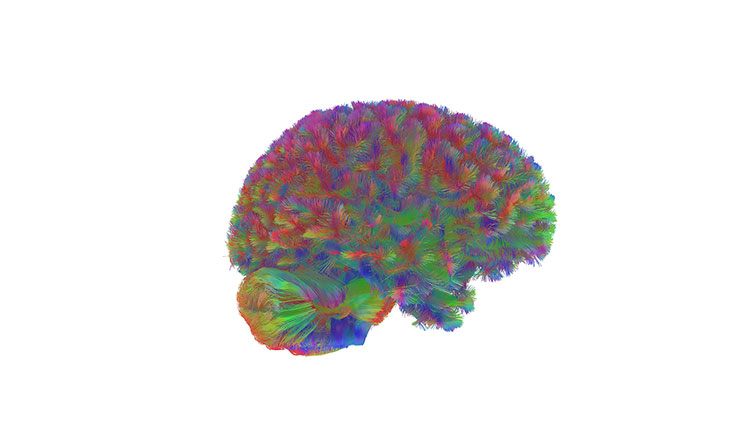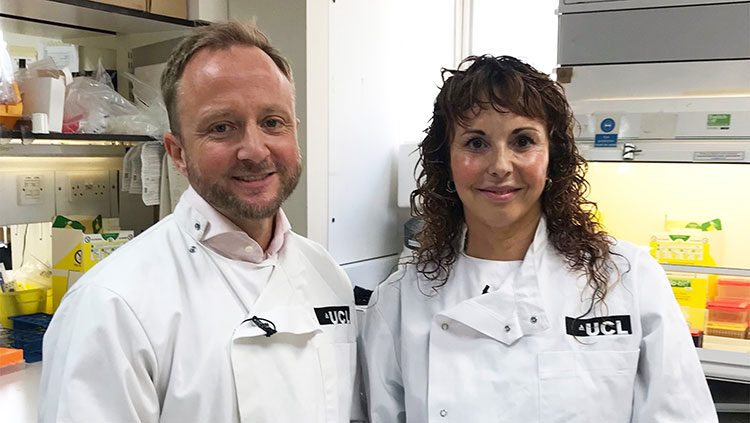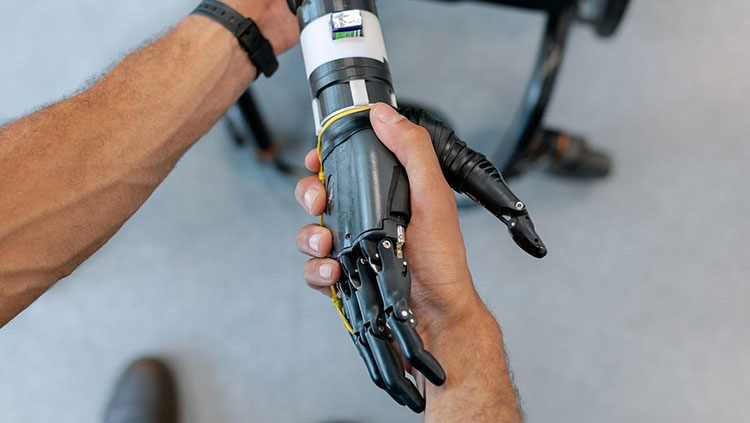ICYMI: Poor Sleep Linked to Inflammation and Hardening of Arteries
- Published11 Jun 2020
- Author Alexis Wnuk
- Source BrainFacts/SfN

These were the top neuroscience stories for the week of June 1, 2020.
Poor Sleep Linked to Inflammation and Hardening of Arteries
Fragmented, poor-quality sleep is associated with increased inflammation and hardening of arteries, researchers reported June 4 in PLOS Biology. Using data from wrist-worn activity sensors, they tracked sleep patterns of more than 3,000 adults for a week. The participants also spent a night in a sleep lab where EEG electrodes recorded their brain waves. People with more fragmented sleep — marked by frequent awakenings — had higher levels of white blood cells and more calcium buildup in their arteries.
Big picture: While previous studies have linked poor sleep to heart disease, the new study hints at a missing piece of the puzzle: inflammation. But, because of the cross-sectional design of the study — where individuals were studied at a single point in time — the results only represent a correlation rather than a true cause and effect.
Read more: Fragmented Sleep Linked to Chronic Inflammation and Hardened Arteries (Forbes)
Researchers Map the Heart’s Intrinsic Nervous System
Inspired by the detailed atlases of mouse and human brains, researchers are focusing on a less-understood part of the nervous system: the network of nerves controlling the heart. Using imaging and genetic analyses, they created a comprehensive, 3-D map of the cardiac nervous system in rats, the team reported May 26 in iScience. By scanning rats’ hearts using a technique called knife-edge scanning microscopy, they assembled a 3-D model. They analyzed the gene expression of individual neurons to identify discrete groups of neurons.
Related: Data Driven: Making Sense of a Deluge of Information
Read more: A new 3-D map illuminates the ‘little brain’ within the heart (Science News)
A Zap on the Wrist Curbs Tics in People With Tourette’s Syndrome
Delivering a mild electrical current to the wrist can reduce the frequency of tics in people with Tourette’s syndrome, researchers reported June 4 in Current Biology. Sixteen people with Tourette’s syndrome received pulses of electrical current to their wrist via electrodes while video cameras captured their tic behaviors. On average, the stimulation curbed the frequency of tics by about one third and it also reduced the urge to tic. The zaps to the wrist also altered participants’ brain waves, restoring normal oscillations in activity in parts of the brain involved in planning movements.
Big picture: People with Tourette’s syndrome have abnormal brain waves in areas of the brain involved in planning body movements. Previous studies found that transcranial magnetic stimulation, or TMS, can reduce Tourette’s tics, but the approach isn’t practical for daily use. The researchers are creating a watch-like device for people with Tourette’s that can deliver electrical stimulation when needed.
Read more: Electric current helps dampen tics in people with Tourette's syndrome (New Scientist)
CONTENT PROVIDED BY
BrainFacts/SfN
Also In Neuroscience in the News
Trending
Popular articles on BrainFacts.org








.jpg)









